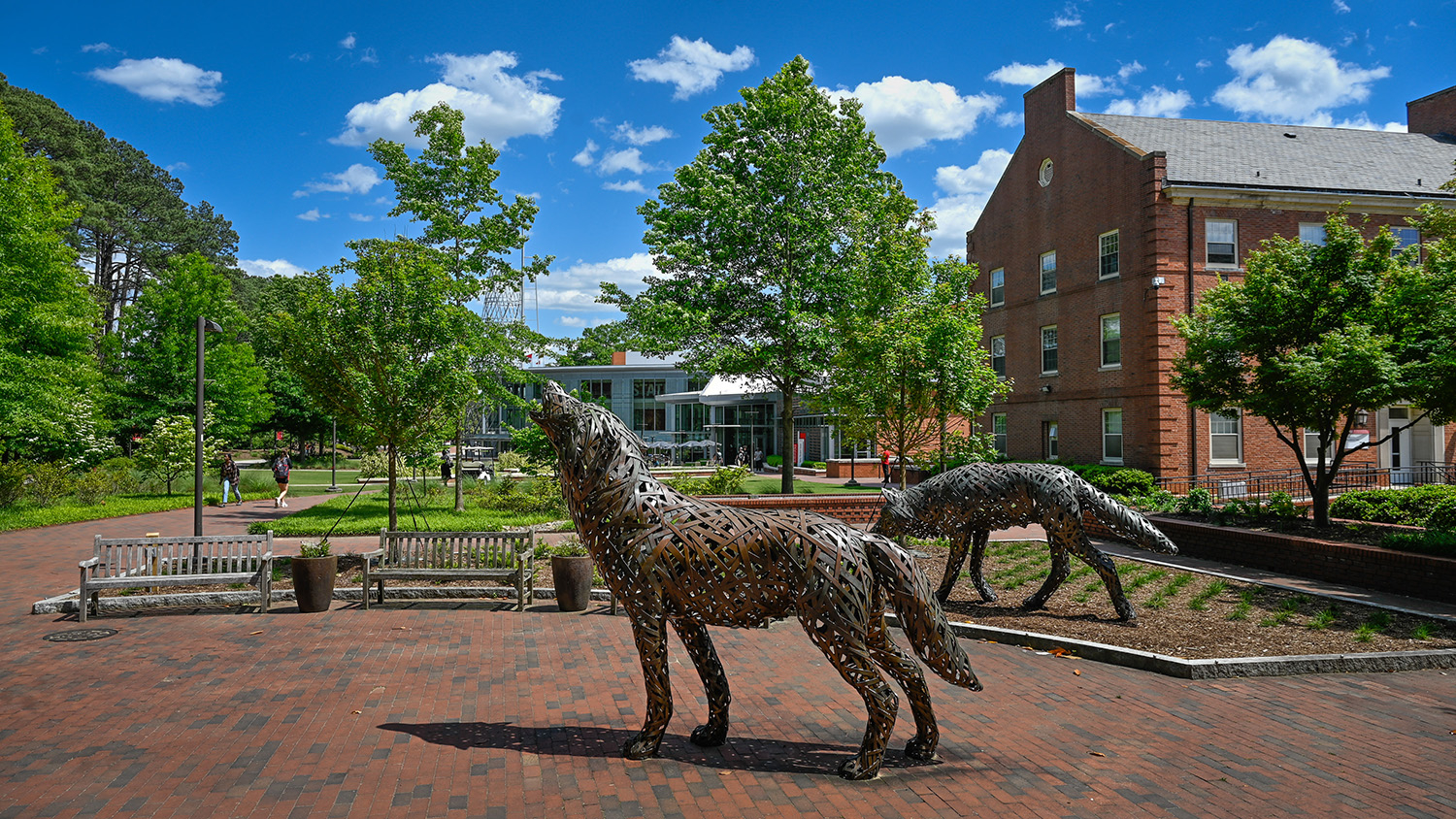Engineering Success
Running a successful entrepreneurship program takes more than just technical knowledge. Don’t forget things like teamwork, leadership and presentation skills, say the researchers who run NC State’s Engineering Entrepreneurs Program (EEP) one of the first programs of its kind in the nation.
In a paper featured in the April issue of the journal Computer, published by the IEEE, the researchers share the secrets of their success, which go far beyond engineering know-how.
“If you can’t sell your ideas, they won’t be successful – no matter how good they are,” says Dr. Tom Miller, a professor of engineering entrepreneurship and co-author of the paper. “There’s rising recognition that the U.S. needs to do more in terms of innovation and entrepreneurship if we are going to be competitive in the 21st century.”
The Program Works
Miller says it’s no wonder Computer published the researchers’ paper; the NC State program gets results. A study found that program alumni were 73 percent more likely to start a new company and 23 percent more likely to create new products and services than other engineering graduates.
Letting students get their hands dirty is a hallmark of the program.
“Our model is learning by doing,” Miller says. “Our students basically form their own start-up companies. There are no exams. They are evaluated based on what they produce.”
The program is designed to take engineering students out of their comfort zone, forcing them to look at things from a business or marketing perspective.
“Engineers understand the technical aspect of their work,” Miller says. “We’re helping them understand how to use that knowledge to produce products that people want. They’re already problem solvers – we want them to be problem finders.”
The paper, “Educating the Engineering Entrepreneur of 2020 at NC State,” was co-authored by Miller, Dr. Stephen Walsh, Dr. Seth Hollar, doctoral student Elaine Rideout and Beryl Pittman, a lecturer in the English Department. EEP was launched in 1993 with funding from the National Science Foundation through the Southeastern University and College Coalition for Engineering Education.
- Categories:


